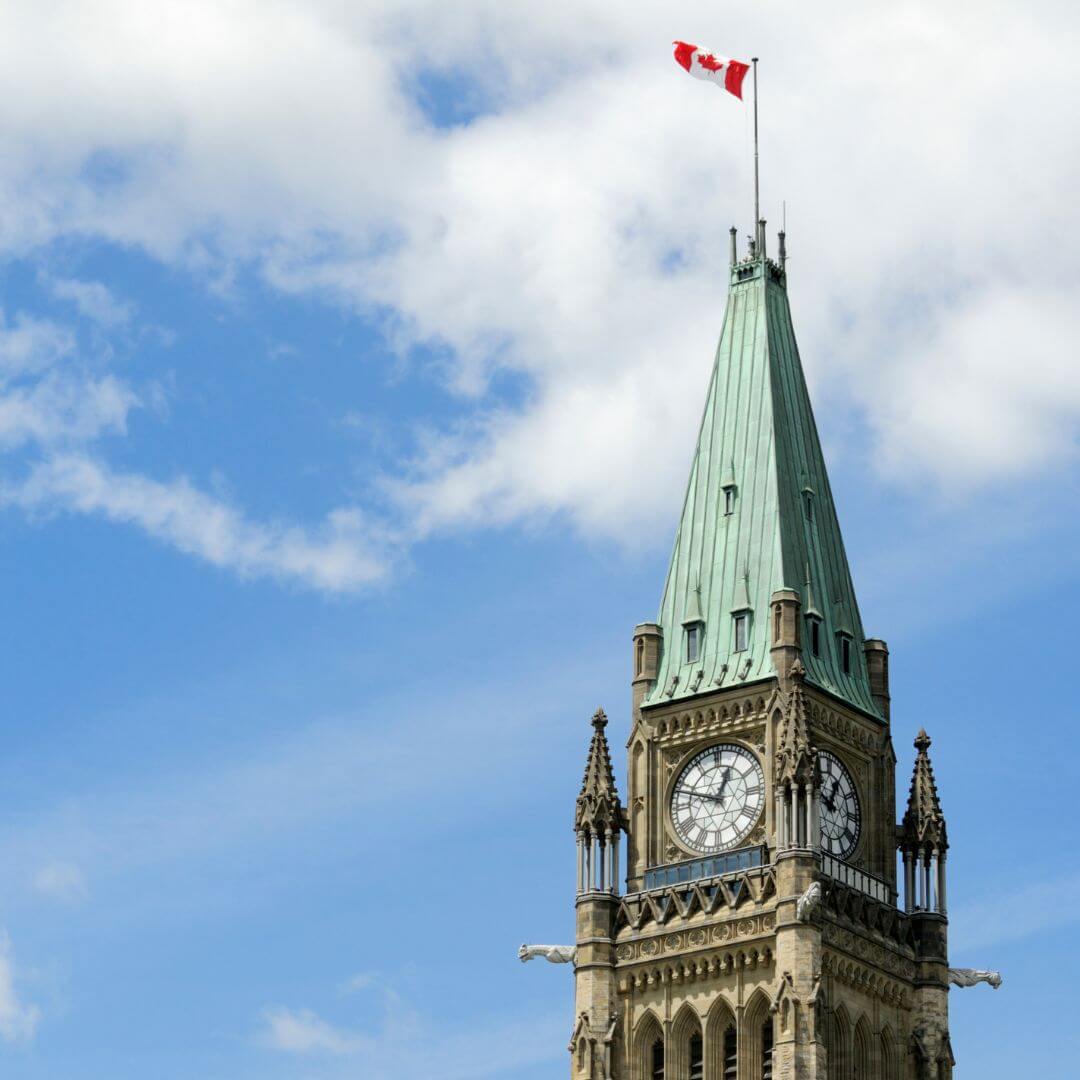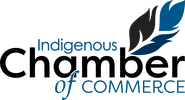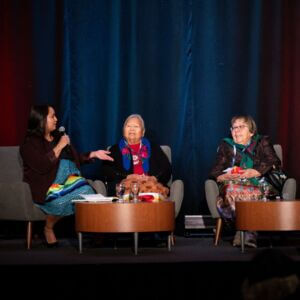by ICC Staff

The most recent federal election saw 12 Indigenous candidates elected across the country, including two MPs in Manitoba: Rebecca Chartrand for the Liberals and Leah Gazan for the NDP. Many have taken these results as a positive sign, hoping that greater Indigenous representation in parliament will mean progress on issues facing Indigenous communities.
Others, by contrast, have displayed a more reserved tone. Such as, for instance, Grand Chief Alvin Fiddler of Nishnawbe Aski Nation. In a recent interview with the CBC, Fiddler said, speaking about the election, “it was a powerful reminder to me, just in terms of how far we need to go still” adding that “the basis of a relationship that we have with any government is on the treaty.”
The election of Prime Minister Mark Carney has spurred both optimism and skepticism, in part driven by the minority government status of the Liberal party but also whether the party will be able to fulfill its previous commitments to Indigenous communities after nearly a decade of Liberal rule.
Promises and Priorities for Reconciliation
Prime Minister Carney’s platform includes several commitments spanning housing, energy, and fiscal policy, among others. Importantly, the platform dedicates a section to “Reconciliation with Indigenous Peoples” where the Liberal vision with respect to the Indigenous community is outlined.
Here, broad commitments toward the inclusion of Indigenous peoples within the decision-making process of infrastructure projects are made, in line with Section 35 of the Charter, the United Nations Declaration on the Rights of Indigenous Peoples (UNDRIP), as well as the Truth and Reconciliation Commission’s Call to Action 92.
In particular, the platform identifies two key areas of focus for Indigenous communities: education and healthcare. Among the proposed policies is to increase the Indigenous Loan Guarantee program from $5 billion to $10 billion, as well as accelerate funding for post-secondary education access in remote communities.
Moreover, the platform has reiterated its commitment to “[build] one economy in Canada,” that is, remove inter-provincial trade barriers to facilitate growth and reduce the cost of goods and services. This proposal could have a profound impact on Indigenous-owned businesses and communities, as such it is important for Indigenous voices to be present when these discussions take place.
Overall, there is a general theme within the Liberal government’s platform to include Indigenous voices where possible, mostly under the guise of consultation. It remains to be seen, however, whether the administration will fulfill all its commitments.
Navigating a Minority Government
It is important, as such, for Indigenous leaders and community members to apply pressure where possible, ensuring that the government maintains its commitment to treaty rights and respect for sovereignty; as well as to promote movement in the direction of more favourable policies.
The minority status of the Liberal government should be taken seriously. While on the one hand, quick and reliable governance will prove to be challenging, on the other it will necessarily require inter-party cooperation where Indigenous voices can make themselves heard.
Join Our Newsletter
As Manitoba's voice for Indigenous business and your partner in economic reconciliation, we connect you to opportunities that drive change. Subscribe to receive updates on Indigenous business developments, partnership opportunities, and upcoming events delivered straight to your inbox.



